The Bauhaus school was founded by Walter Gropius in Weimar. In spite of its name, and the fact that its founder was an architect, the Bauhaus did not have an architecture department during the first years of its existence. Nonetheless it was founded with the idea of creating a 'total' work of art in which all arts, including architecture would eventually be brought together. The Bauhaus style became one of the most influential currents in Modernist architecture and modern design.The Bauhaus had a profound influence upon subsequent developments in art, architecture, graphic design, interior design, industrial design, and typography.
1. Armchair, 1922, Marcel Breuer.
Designed while he was a student at the Bauhaus, this chair is Breuer's solution to the problem of creating beautiful, comfortable, functional seating with minimal materials and at minimal expense. The structure of the chair, with its un-upholstered wood frame and ergonomically angled back and seat rests, is designed to reduce spinal pressure, while at the same time paring all structural and decorative elements to an absolute minimum. Stylistically, the outward projection of portions of the frame suggests the influence of the Dutch movement De Stijl, especially Theo van Doesburg (1883–1931), who visited the Bauhaus several times in the early 1920s. Produced at the Bauhaus cabinet workshop continually from 1922 to 1925, Breuer's chair proved to be an early and successful example of the school's desire to ally art and industry and to create design prototypes for mass production.
2. Staatliches Bauhaus, Weimar, 1919–1923, Walter Gropius (German, 1883–1969) et al.
Herbert Bayer's cover for the 1923 book Staatliches Bauhaus, Weimar, 1919–1923 is an example of Bauhaus experiments in typography, begun under the leadership of László Moholy-Nagy (1895–1946). Moholy-Nagy himself contributed an essay on the subject to this volume, titled "The New Typography." At the Bauhaus, typography was conceived as both an empirical means of communication and an artistic expression, with visual clarity stressed above all. Bayer's design, made while he was still a student, employs to dramatic visual effect blocklike sans serif lettering in bright red and blue against a black background. Bayer manipulated the spacing of the letters so that each of the four lines of text is the same length. Hence, the title appears as a unified block of text, rather than individual words. The Bauhaus typography, with its letters stripped of all ornamental elements, initially caused an uproar among critics but had a far-reaching impact on the development of graphic design in the twentieth century.
3. Tea infuser and strainer, ca. 1924, Marianne Brandt (German, 1893–1983)
Silver and ebony
Under the direction of Walter Gropius, the Bauhaus sought a union of art and technology, with an emphasis on developing prototypes for industrial production. Brandt, the sole woman enrolled in the school's metal workshop, designed this silver teapot while still a student. By interrelating a number of pure geometric forms, including the hemisphere, circle, and cylinder, Brandt's design explores their formal relationship in space. Its very form and materials serve as the teapot's sole decorative elements, reflecting the Bauhaus emphasis on simplicity in design, without applied ornament. Like other functional Bauhaus items, the teapot was designed to work well in addition to looking good—it is well balanced and easy to pour. Like many of the metalwork designs of the Bauhaus, the teapot was conceived as a prototype for mass production, though this example is made of brass, silver, and ebony, expensive materials that would have precluded the broad audience hoped for by Bauhaus leaders.
4. Ghost Chamber with the Tall Door (New Version), 1925, Paul Klee (German, 1879–1940)
Sprayed and brushed watercolor, and transferred printing ink on paper, bordered with gouache and ink
5. "Wassily" chair, 1925, Marcel Breuer (American, born Hungary, 1902–1981)
Chrome-plated steel, canvas upholstery
Architect and designer Marcel Breuer graduated from the Bauhaus carpentry workshop in 1924. Following a brief stay in Paris, Breuer returned to the Bauhaus Dessau as master of that workshop in 1925 at the request of Walter Gropius. Breuer remained at the Bauhaus until 1928. During this time, he experimented with extruded steel to create a series of lightweight metal furnishings, continuing the Bauhaus interest in industrial materials and manufacturing techniques. Inspired by the flexibility and strength of his beloved metal bicycle frame, Breuer applied the same material and construction principles to chair design. After numerous prototypes, Breuer settled on a fluid, minimal design in which the chair is supported on tubular metal runners. The taut, un-upholstered seat, back, and armrests of simple black canvas contribute to the stark, dematerialized appearance of the chair. It became known as the "Wassily" chair, in homage to Breuer's friend and fellow Bauhaus instructor, the Russian painter Vasily Kandinsky. While this iconic chair design remains closely associated with the Bauhaus, and was used in several areas of the Bauhaus Dessau, Breuer developed and manufactured it in his free time, independent from the school.
6. "MR" armchair, 1927, Ludwig Mies van der Rohe (American, born Germany, 1886–1969), Designer
Tubular steel, painted caning
The architect and designer Ludwig Mies van der Rohe is one of the best-known exponents of International Style modernism. His "less-is-more" philosophy has become a catchphrase for much twentieth-century design, though a preference for luxurious and costly materials often underscores the deceptive simplicity of his elegant and refined designs. Mies' early architectural career in Berlin included training in the office of Bruno Paul from 1905 to 1907 and in the office of Peter Behrens from 1908 to 1911 (where his co-workers included Le Corbusier and Walter Gropius). He opened his own practice in Berlin in 1913 and soon developed a personal architectural idiom that combined the cool rationalism of the nineteenth-century German architect Karl Friedrich Schinkel with the pure formalism of the International Style.
From 1926 until 1932, Mies was vice-president of the Deutscher Werkbund, an association of designers and architects whose principal aim was the development of well-designed, mass-producible architecture and household objects by way of an alliance of art and industry. In 1927, the Werkbund presented the influential exhibition Die Wohnung (The Dwelling), which included the Weissenhofseidlung (Weissenhof Housing Estate), an experimental group of model apartment buildings built in a suburb of Stuttgart. Under Mies' direction, a number of important architects, including Mart Stam and Marcel Breuer, collaborated on the project, designing furniture for the apartments. This graceful, elegant, and beautifully proportioned "MR" chair, developed from a 1924 design for a cantilevered chair by Mart Stam, was introduced by Mies at the 1927 Stuttgart exhibition and has remained in production ever since.
Mies was the last director of the Bauhaus design school in Dessau, from 1930 until its closing in 1932. In 1938, he left Germany for America, where he headed the architecture department at the Illinois Institute of Technology in Chicago.
7. Photogram, 1926, László Moholy-Nagy (American, born Hungary, 1895–1946)
Gelatin silver print
Gelatin silver print
Moholy-Nagy played a key role at the Bauhaus in Weimar and Dessau as a painter, graphic artist, teacher, and impassioned advocate of avant-garde photography. He made this image without a camera by placing his hand, a paintbrush, and other objects on a sheet of photographic paper and exposing it to light. While this simple process was practiced by photography's founders in the nineteenth century and was later popularized as a child's amusement, avant-garde artists of the twentieth century revived the photogram technique as a means for exploring the optical and expressive properties of light. With this shadow image of a hand and paintbrush, Moholy-Nagy ambitiously suggests that photography may incorporate, and even transcend, painting as the most vital medium of artistic expression in the modern age.
8. "B35" armchair, 1928–29,
Marcel Breuer (American, born Hungary, 1902–1981); manufactured by Gebrüder Thonet GmbH
Tubular steel, wood, and canvas
Following the success of his "Wassily" chair, Breuer continued to experiment with tubular steel furniture. He partnered with the German manufacturer Thonet, designing a number of chairs, stools, and ottomans made from this lightweight, traditionally industrial material. In the "B35" armchair, Breuer employed seemingly continuous steel runners as the chair's frame. The seat and back were upholstered in simple canvas, and the armrests padded with lacquered wood. Both the seat and armrests are dramatically cantilevered without vertical supports, emphasizing both the tensile strength and the slenderness of the tubular steel construction. Like Breuer's "Wassily" chair, the "B35" was not a direct product of the Bauhaus; it does, however, clearly conform to Bauhaus principles of design and construction, with its modern, stripped-down form made from industrial materials not typically used in furniture at this time.
9.Kubus stacking containers, ca. 1938, Wilhelm Wagenfeld (German, 1900–1990)
Glass
Wilhelm Wagenfeld studied metalwork at the Bauhaus between 1923 and 1925, where he designed a table lamp that became one of the school's most popular products. After leaving the Bauhaus, he went on to design a number of popular consumer products, among the most successful of which was Kubus, the modular glass storage containers he created in 1935. Made of heat-resistant industrial glass, Kubus is designed for maximum flexibility of use and ease of storage. Consisting of seven separate, stackable units of variable sizes and interchangeable lids, the Kubus containers were created for use in the refrigerator and pantry, or on the kitchen table. In this modular system, the containers can be used either together as a unit or individually as needed. Wagenfeld's Kubus system, which was mass produced and widely available, exemplifies the Bauhaus commitment to industrial production of well-designed standardized forms at affordable prices.
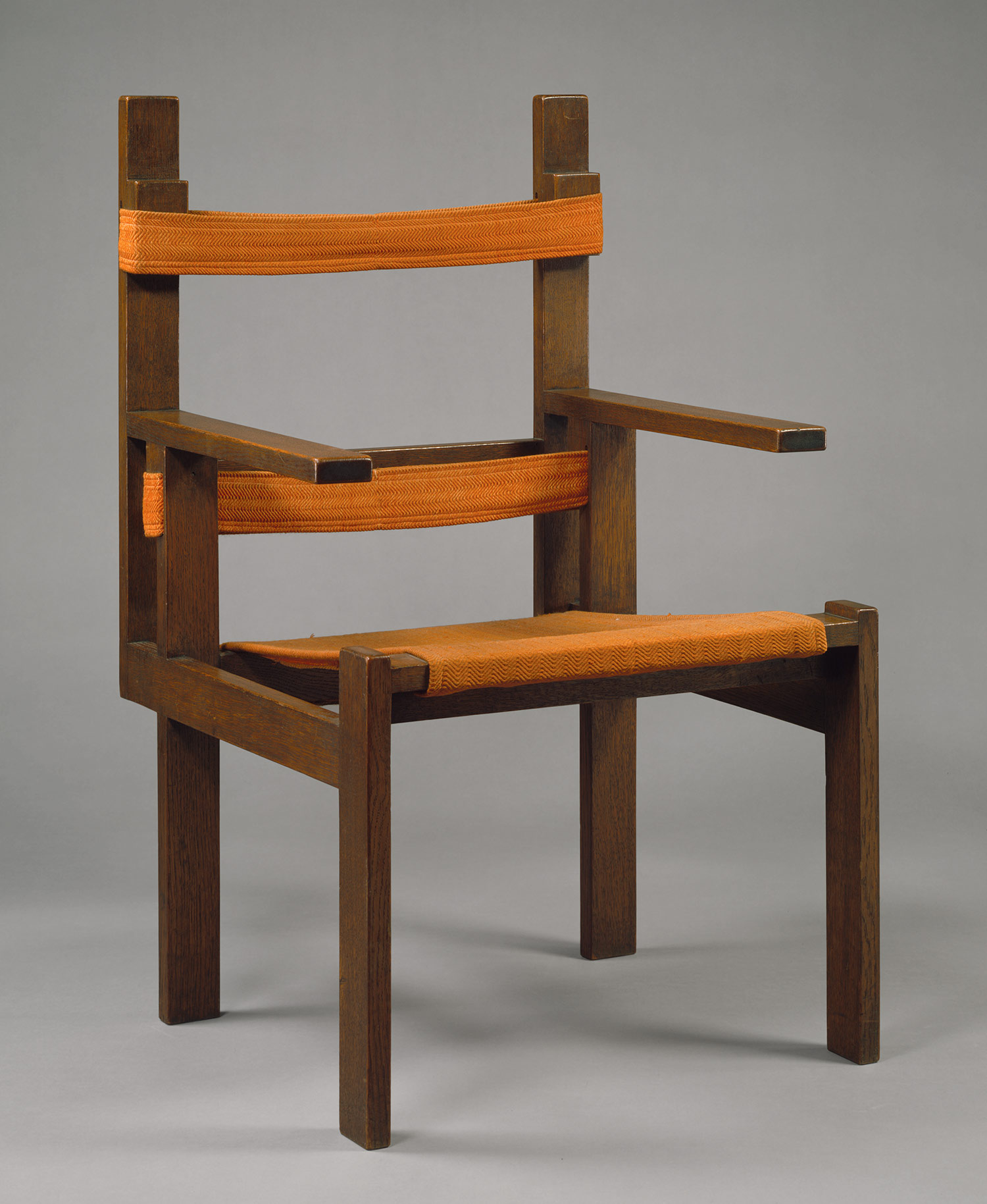
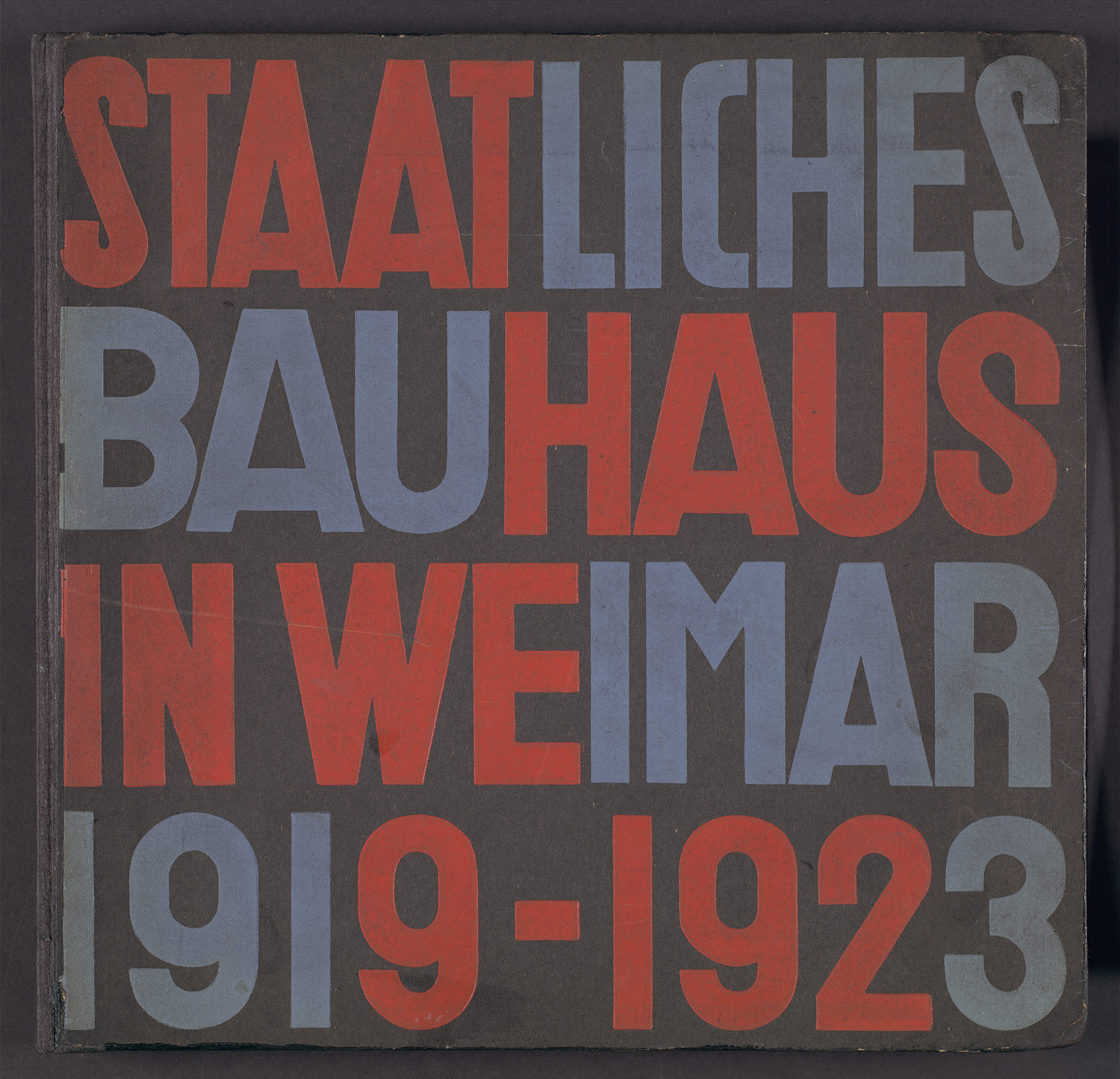
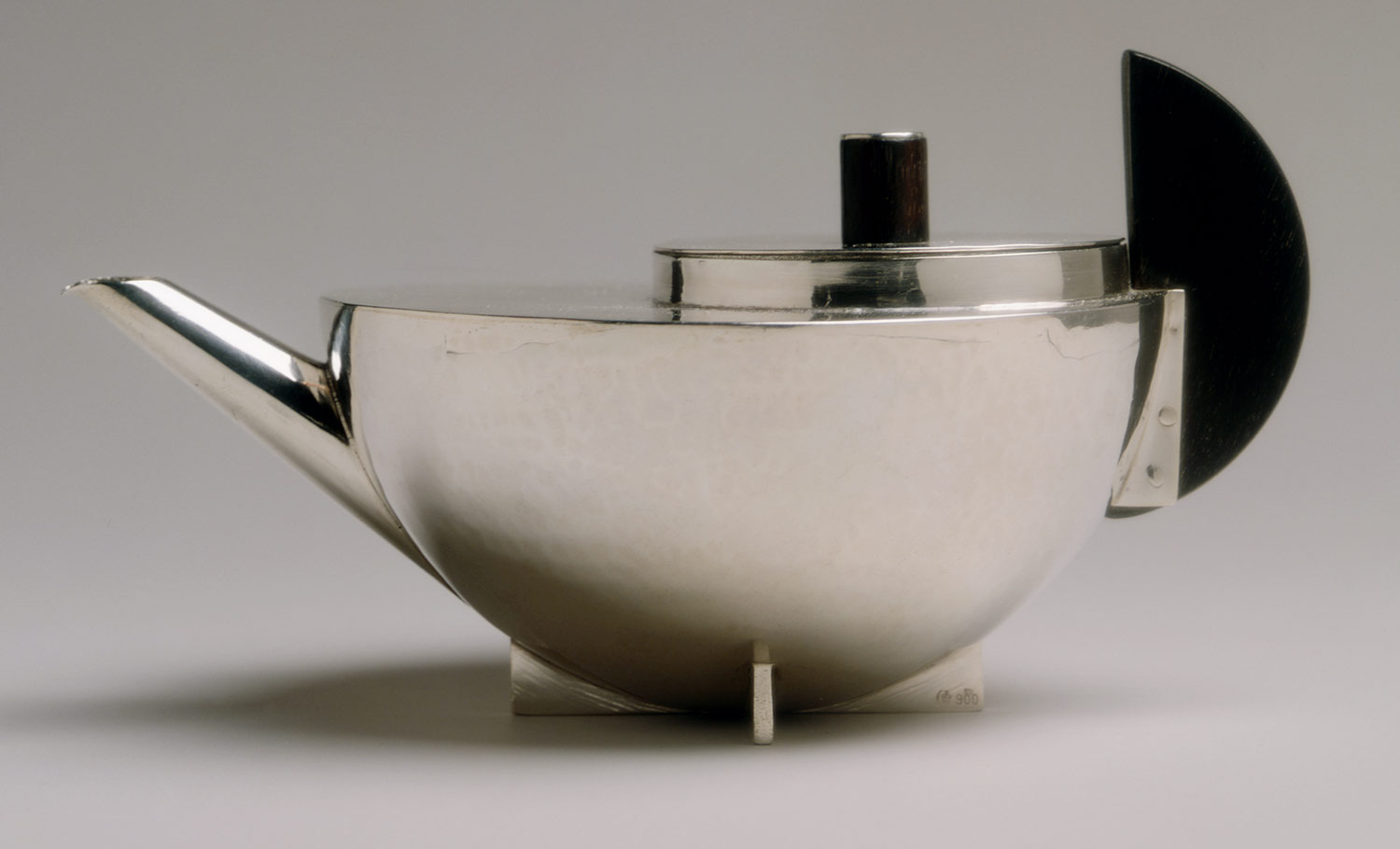
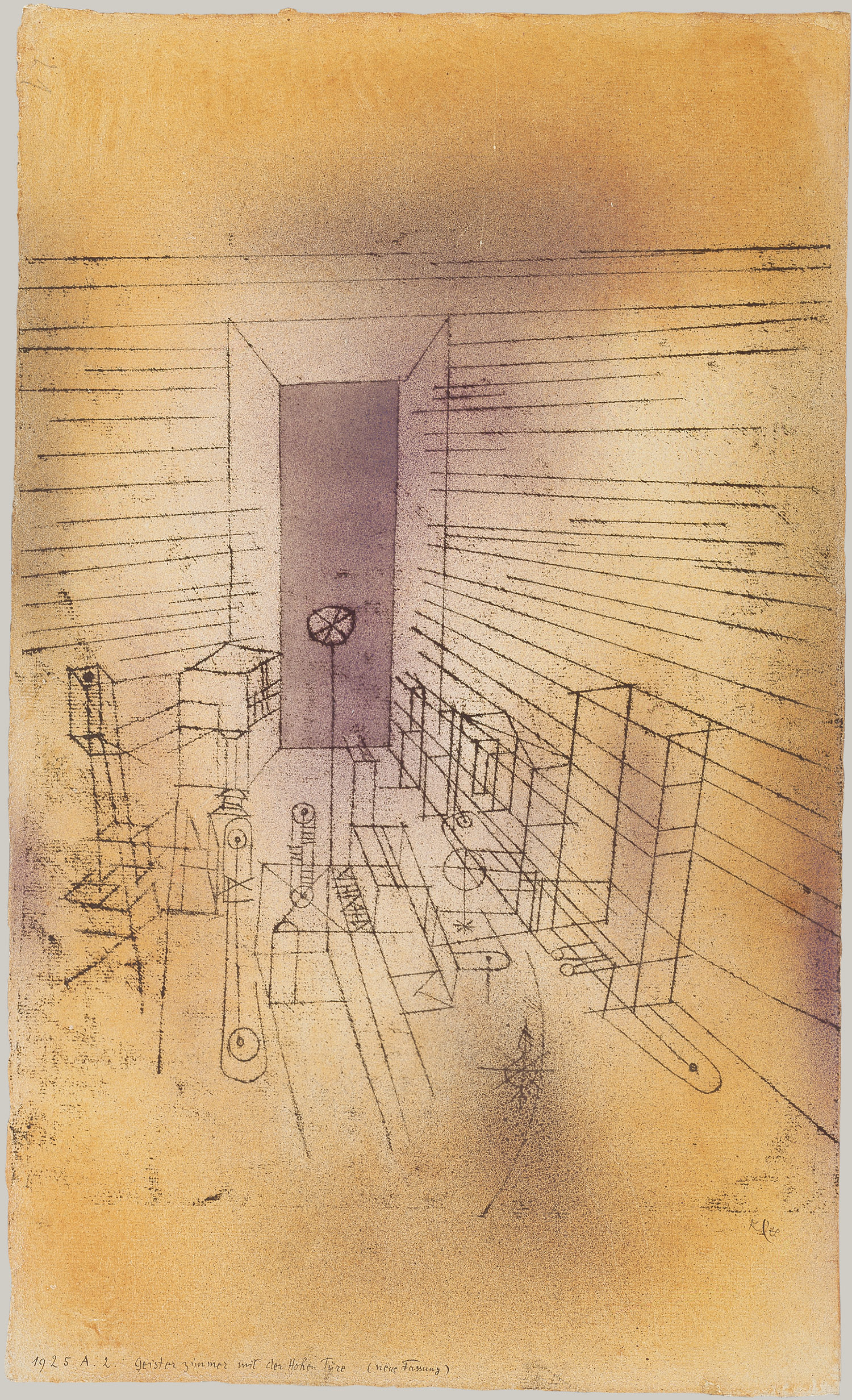

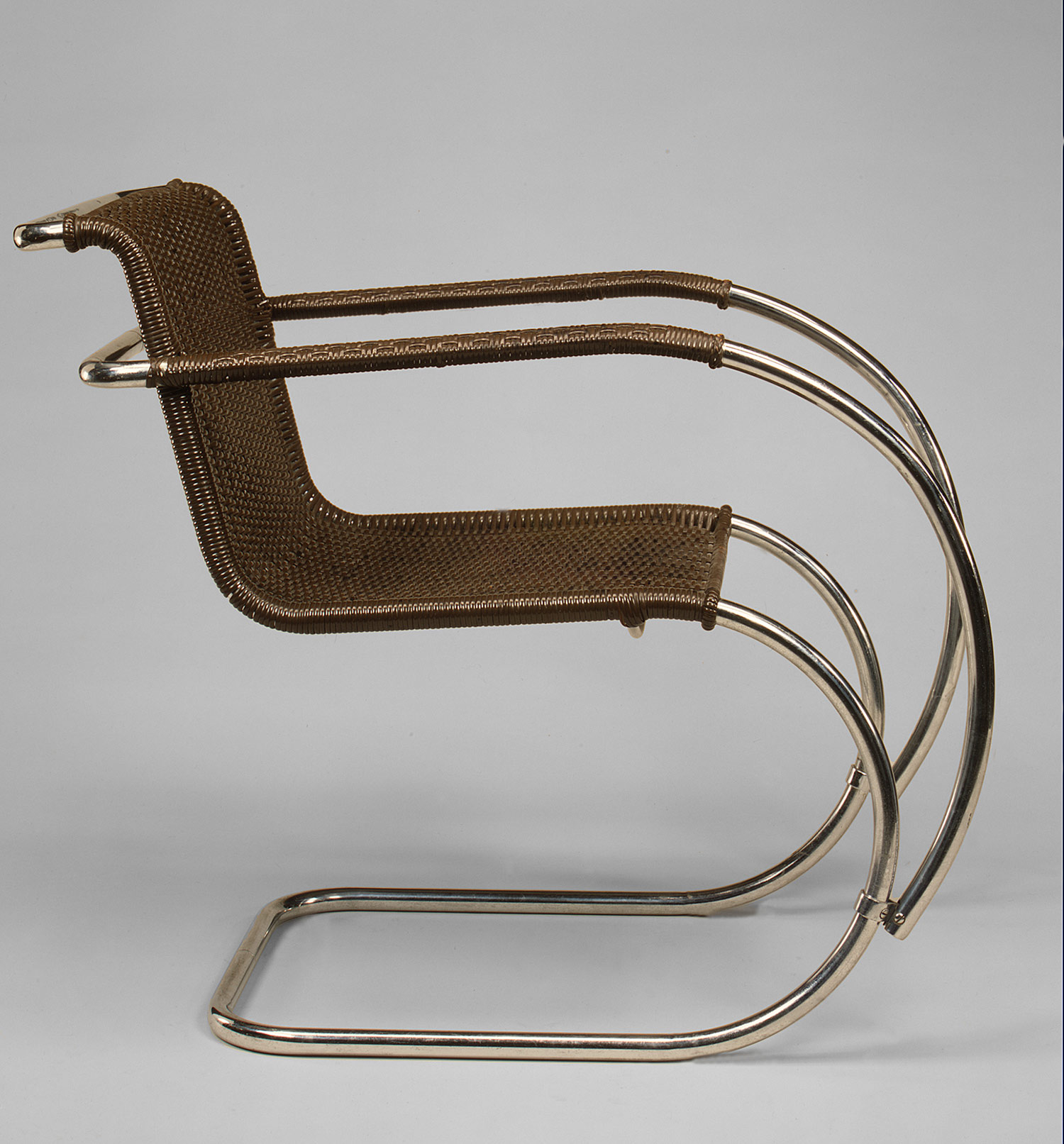
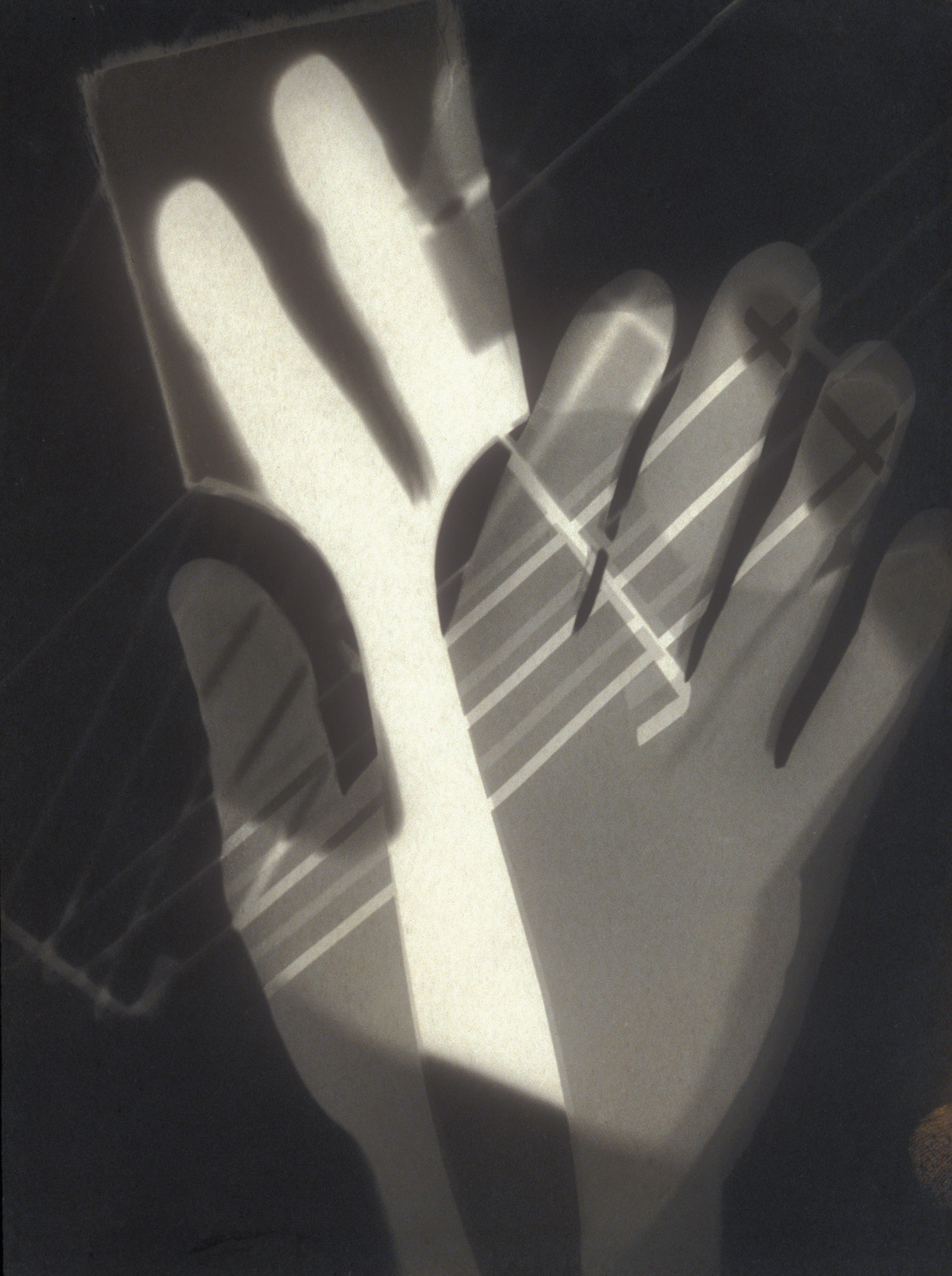
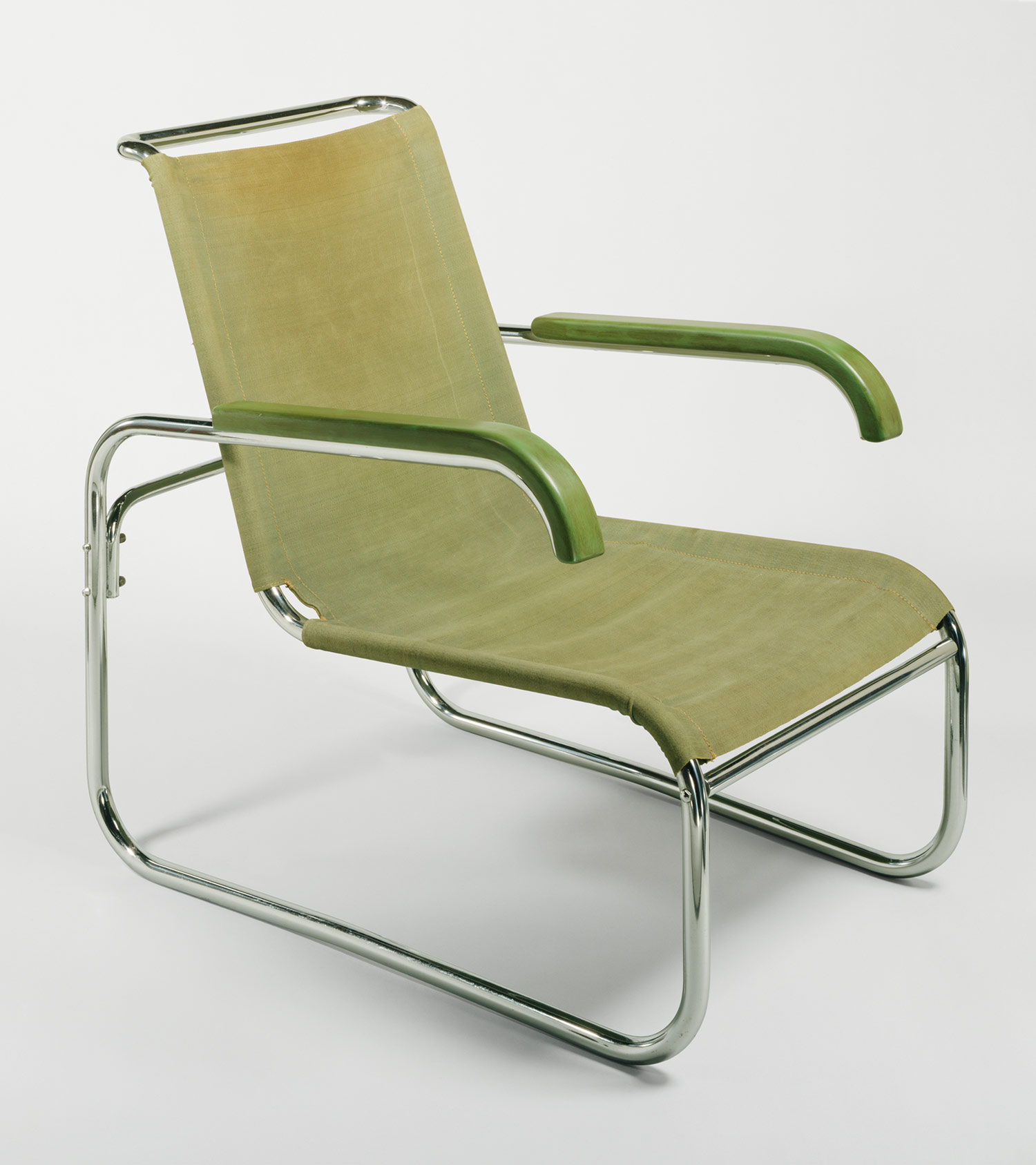
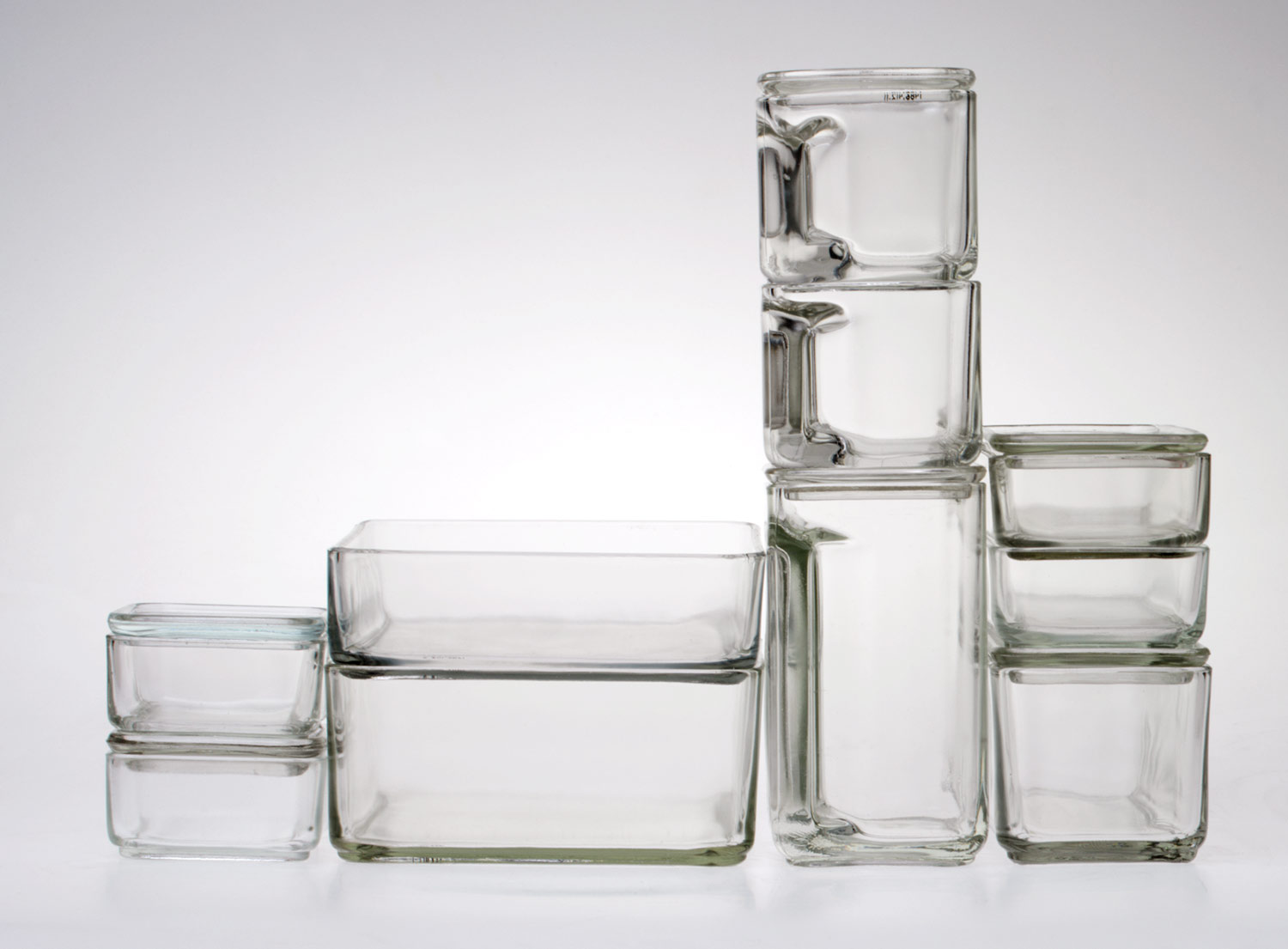
No comments:
Post a Comment